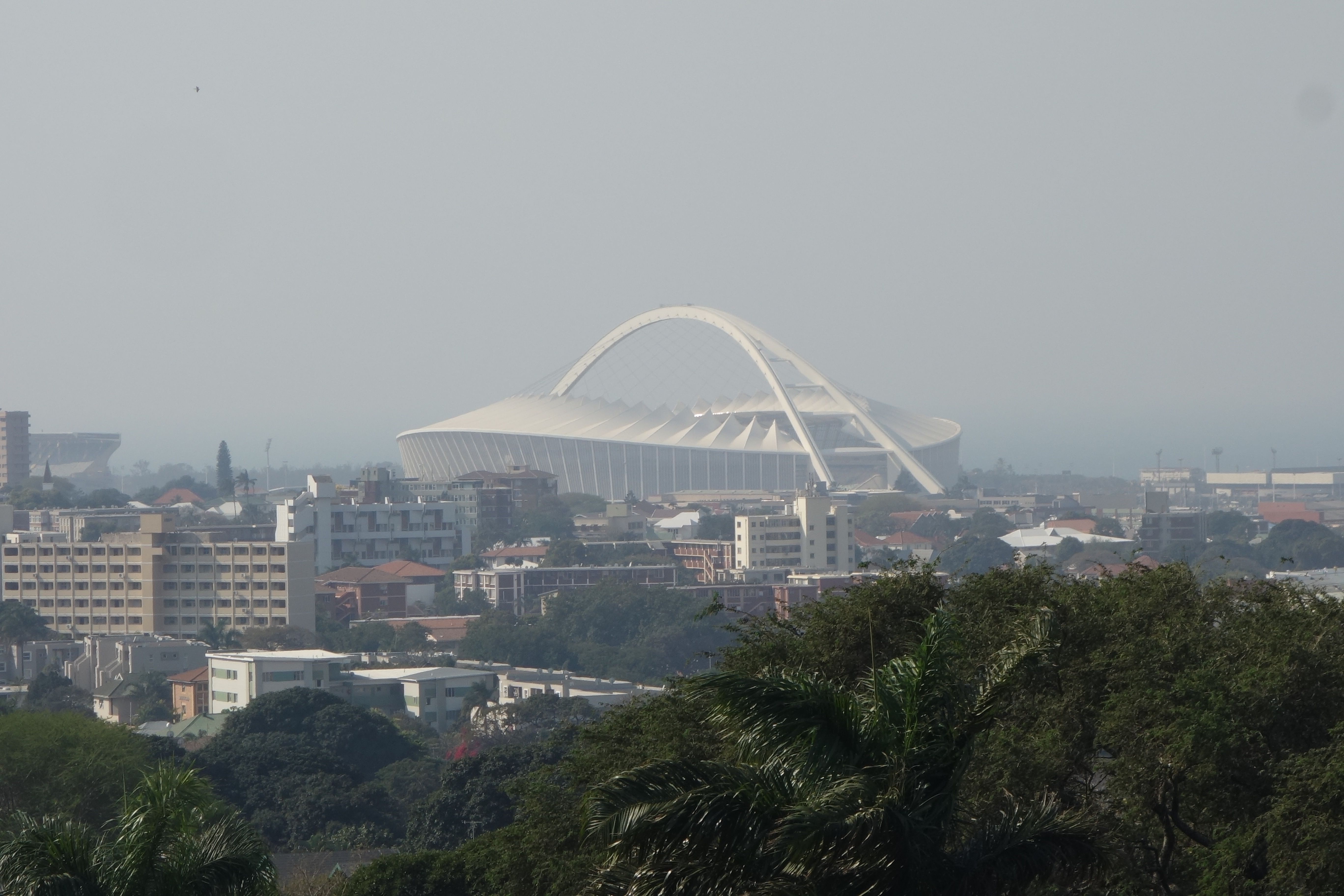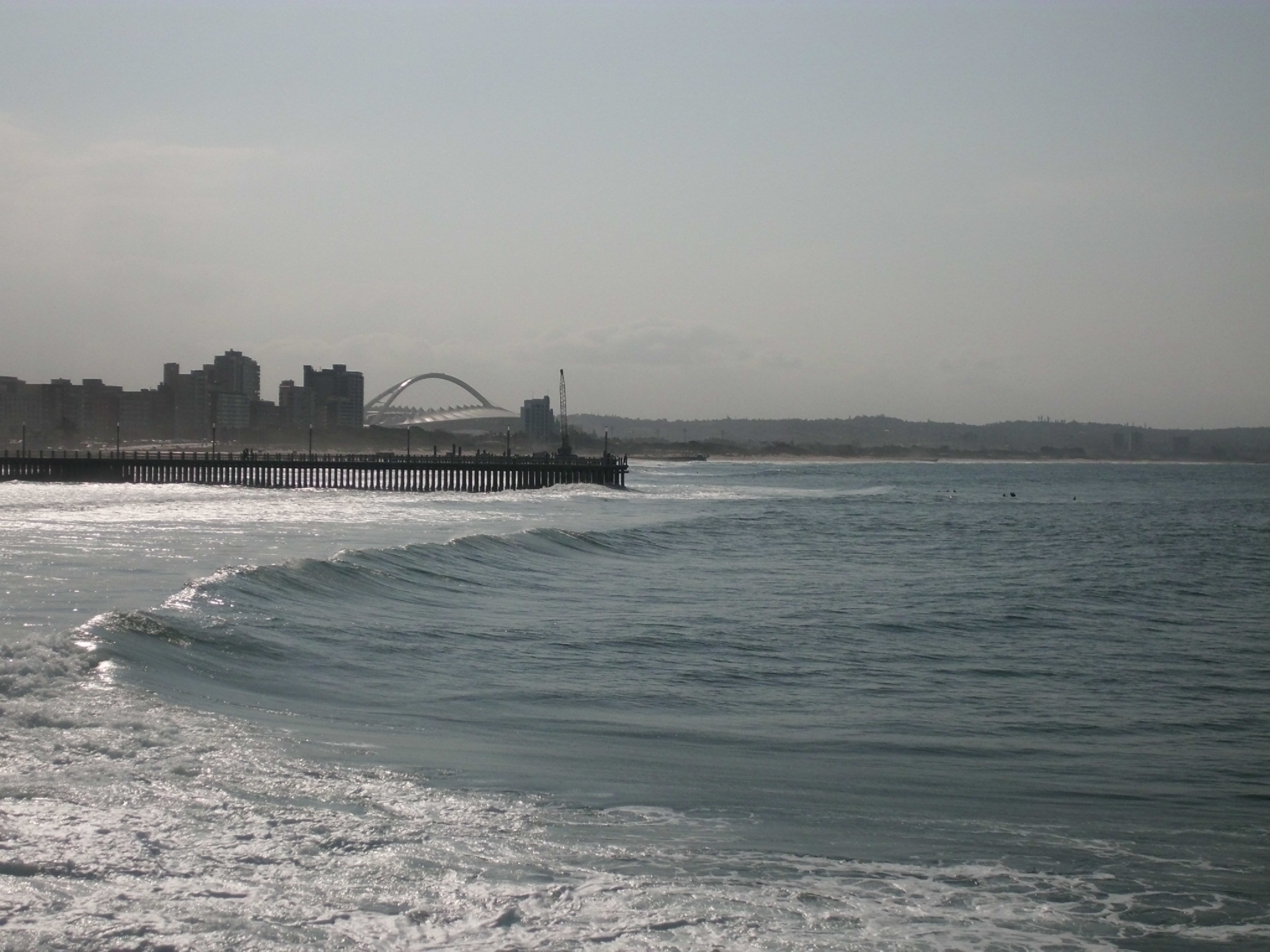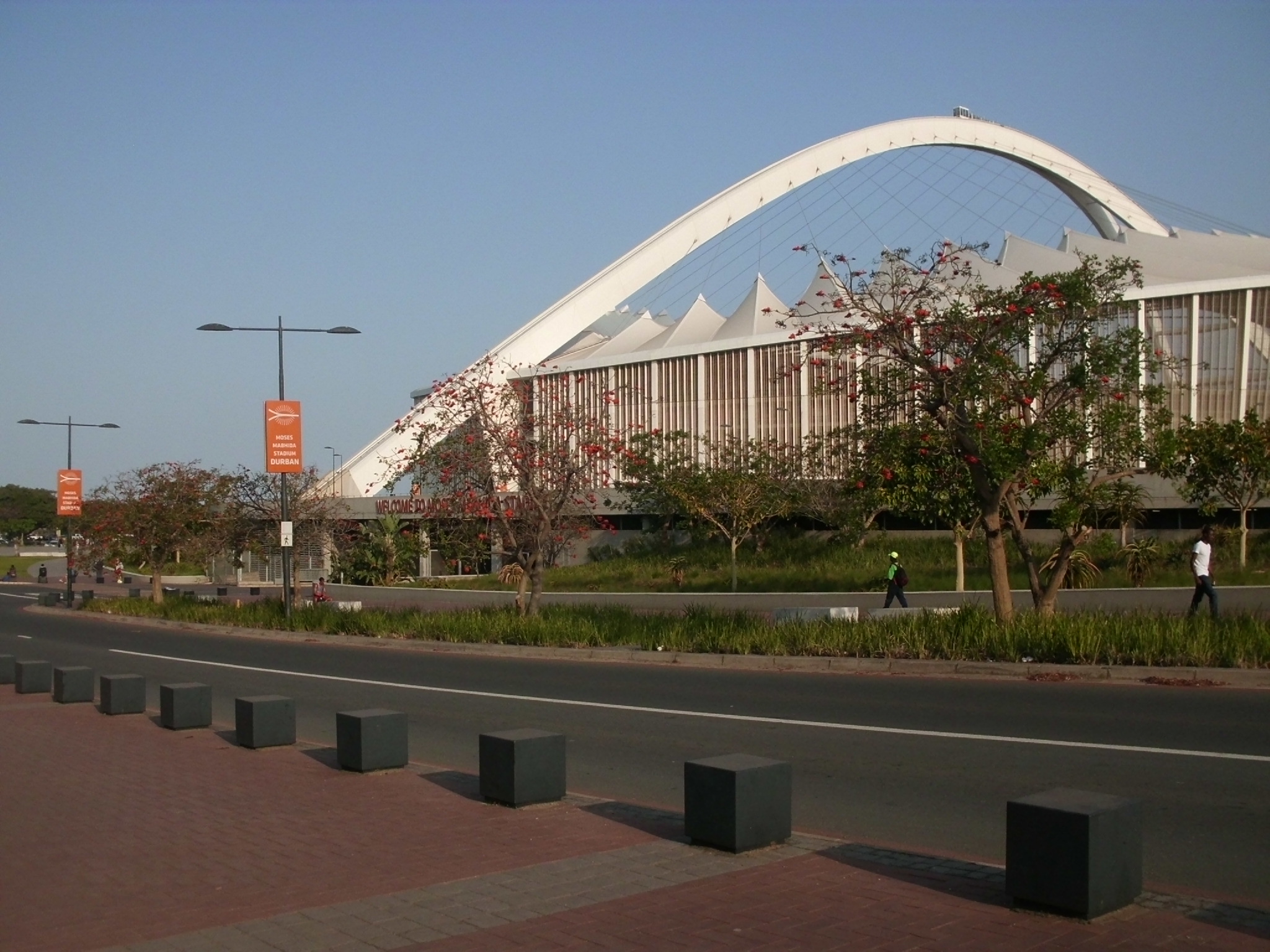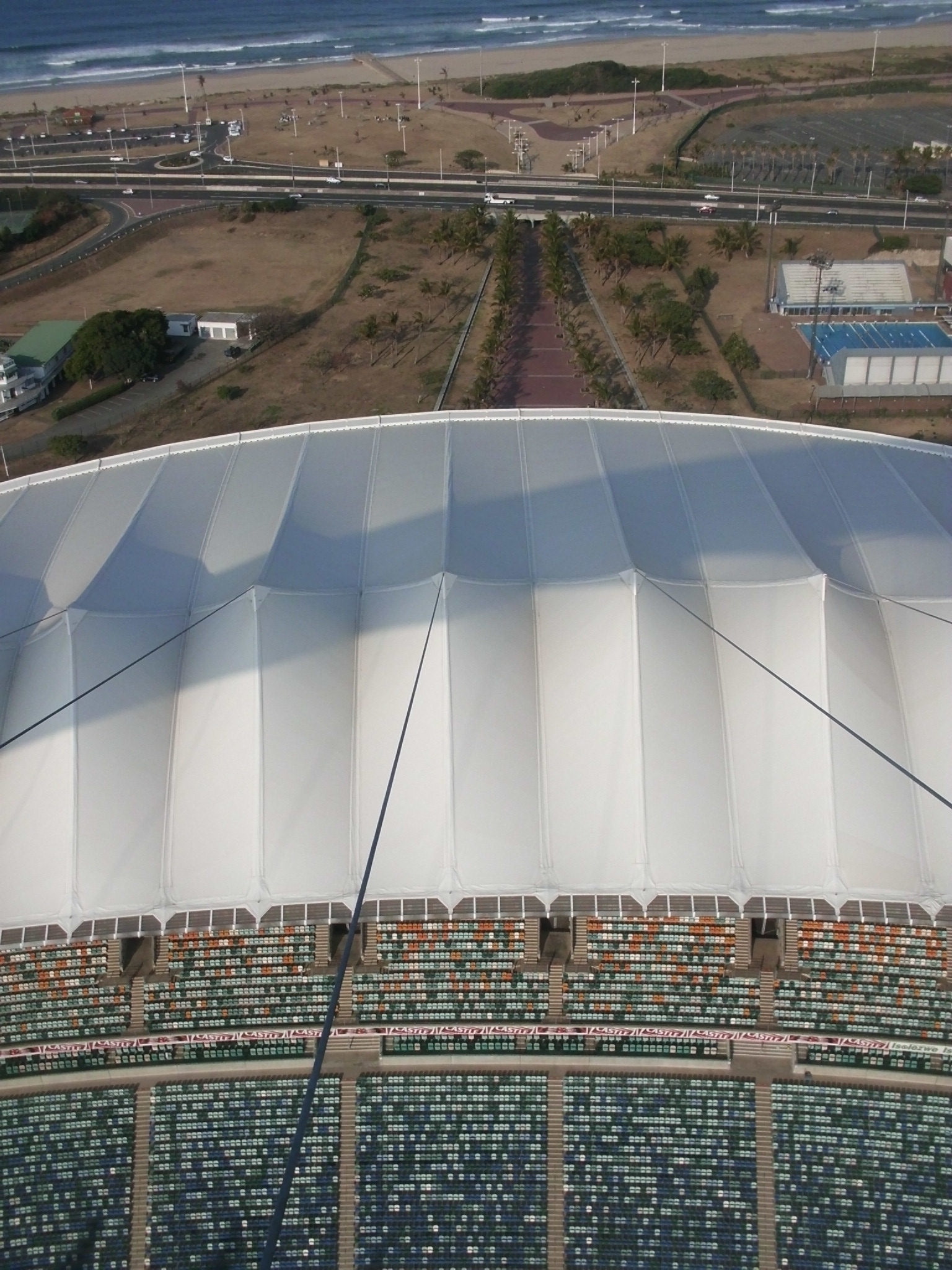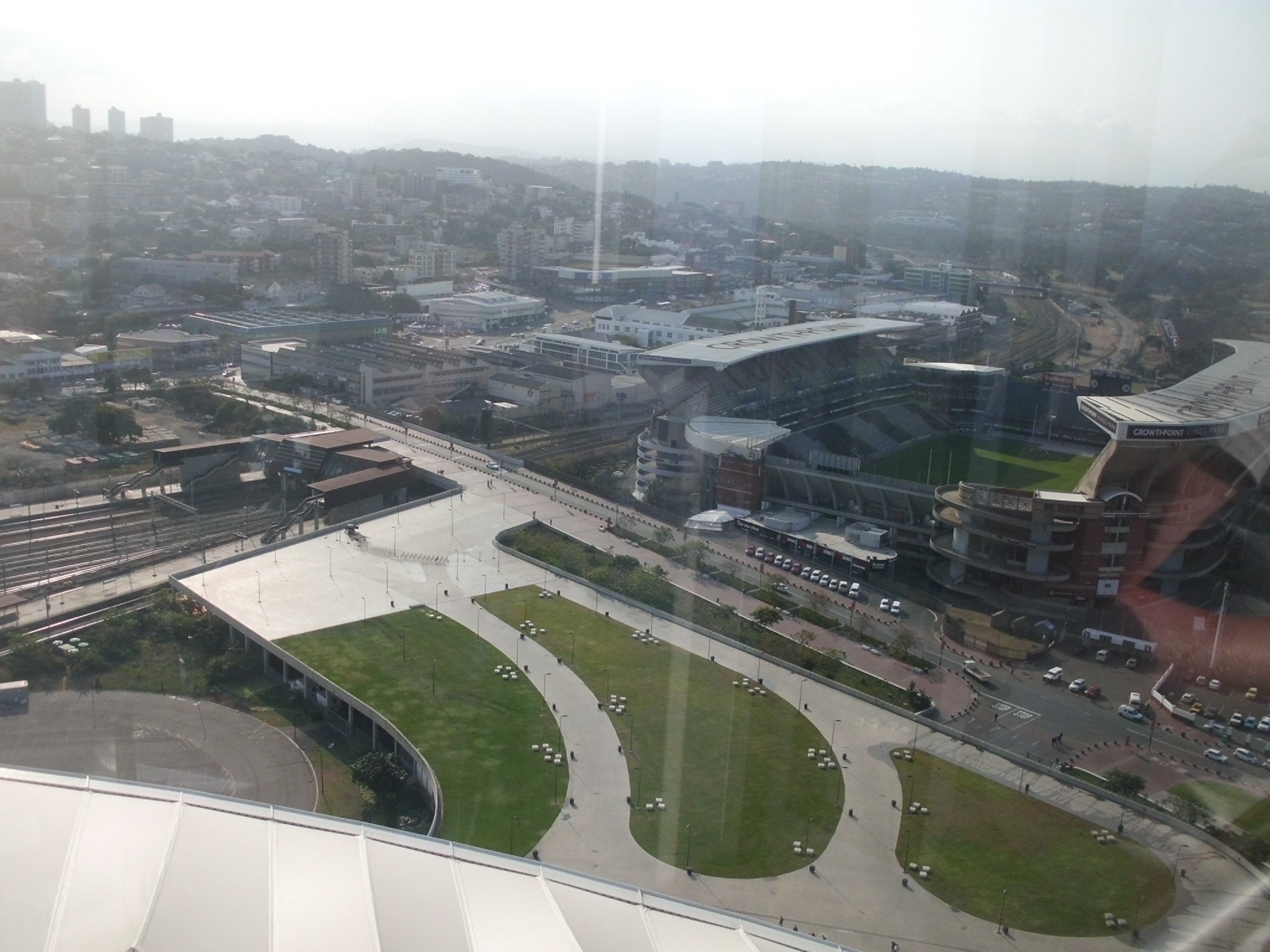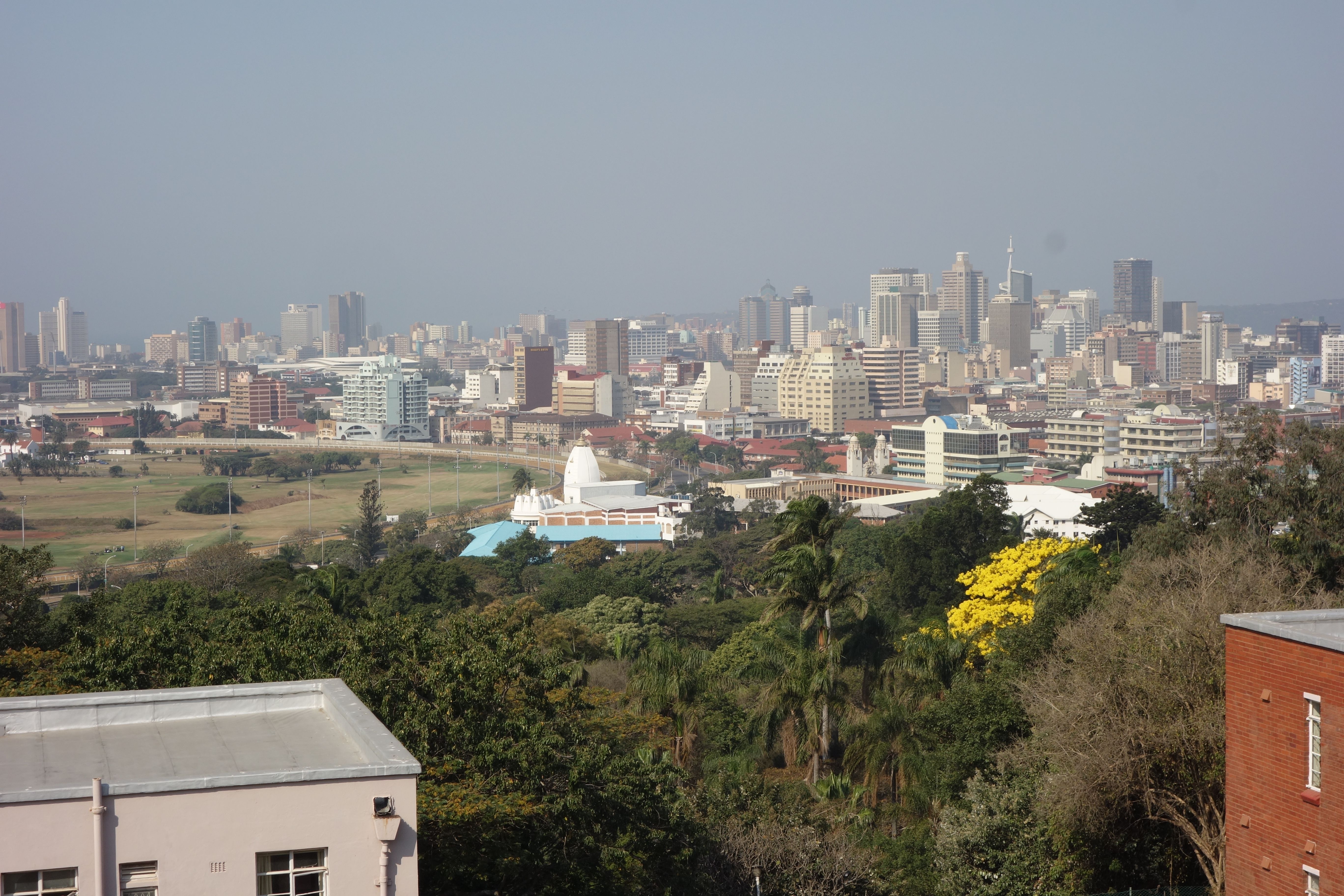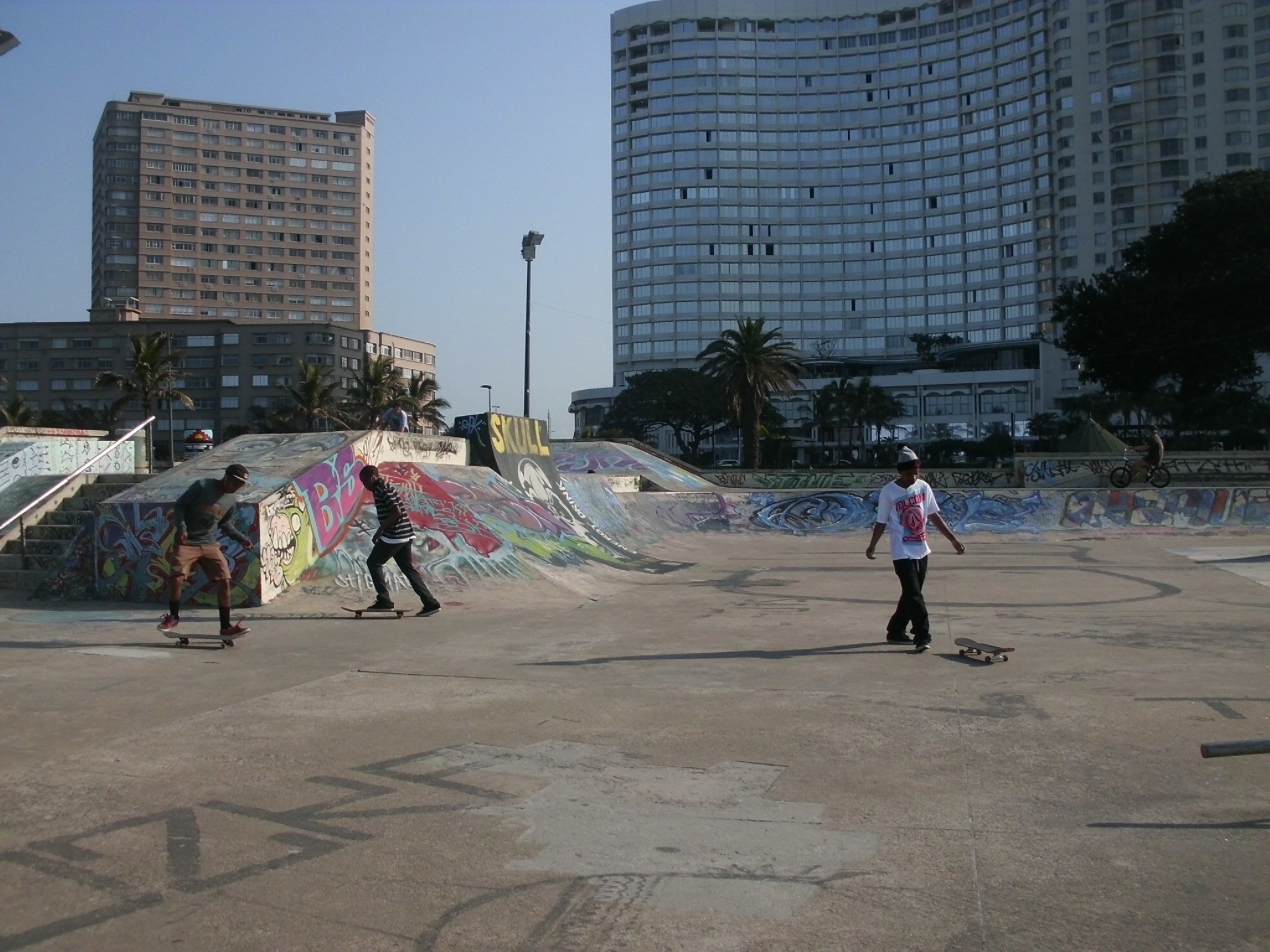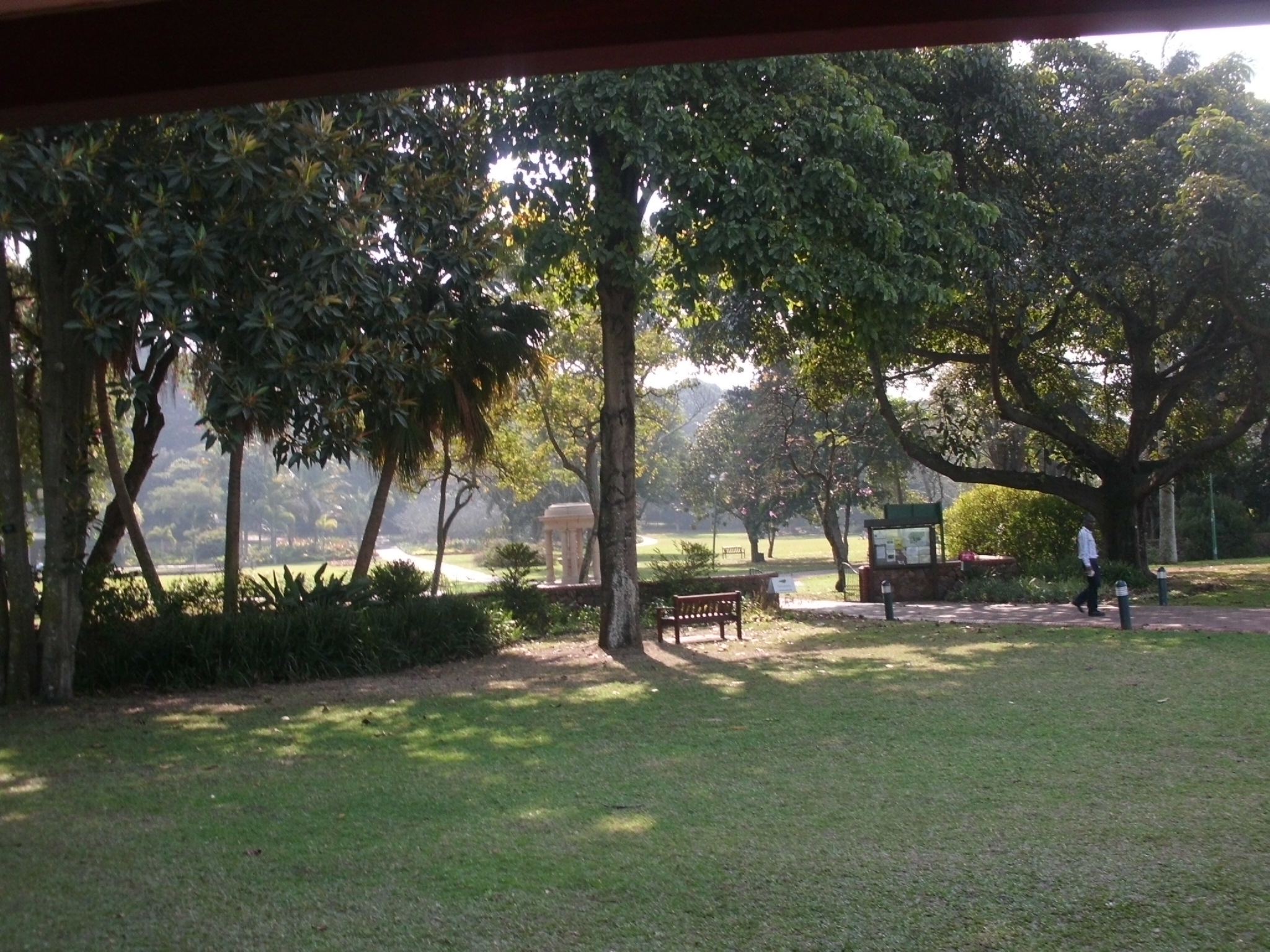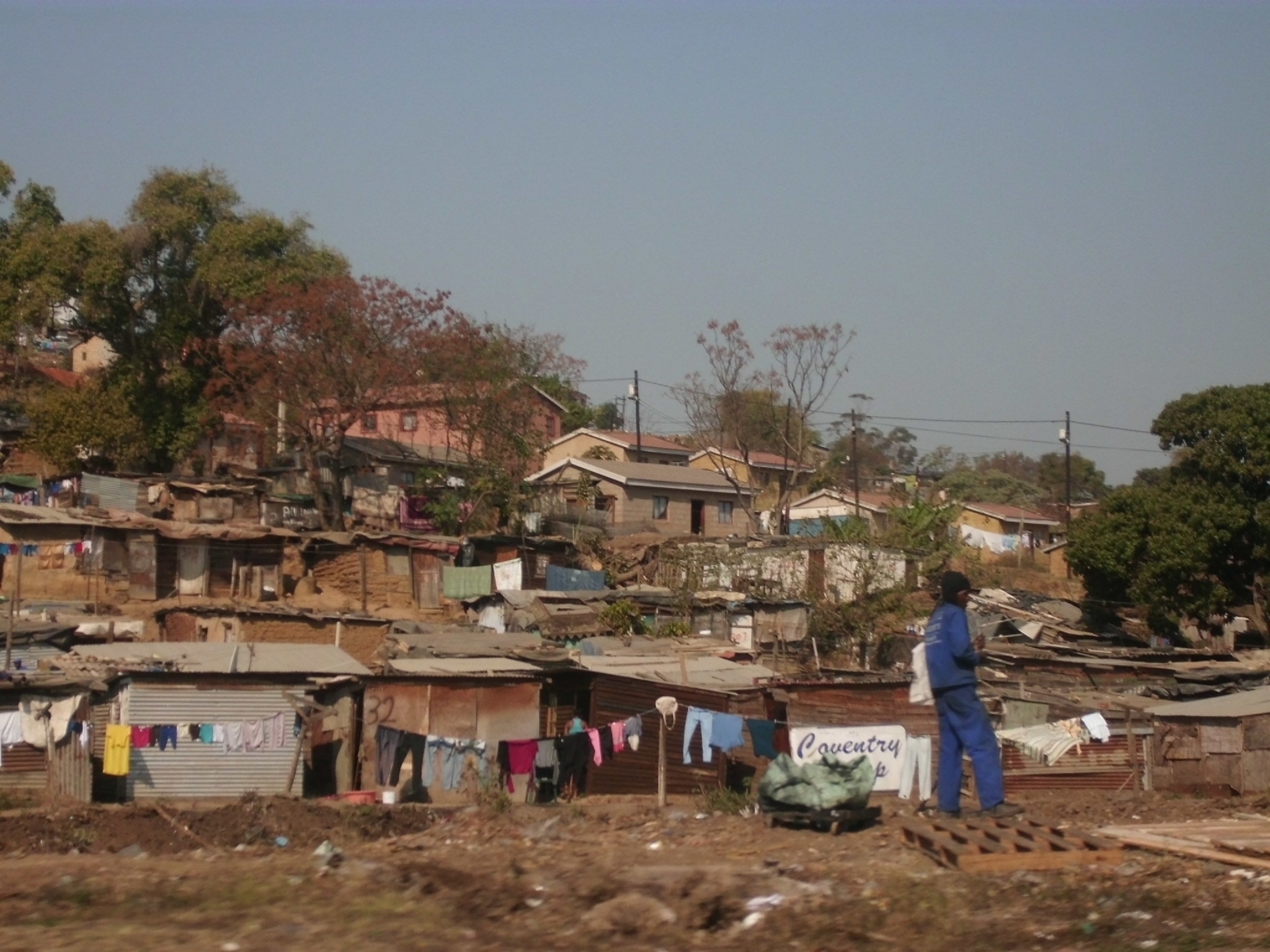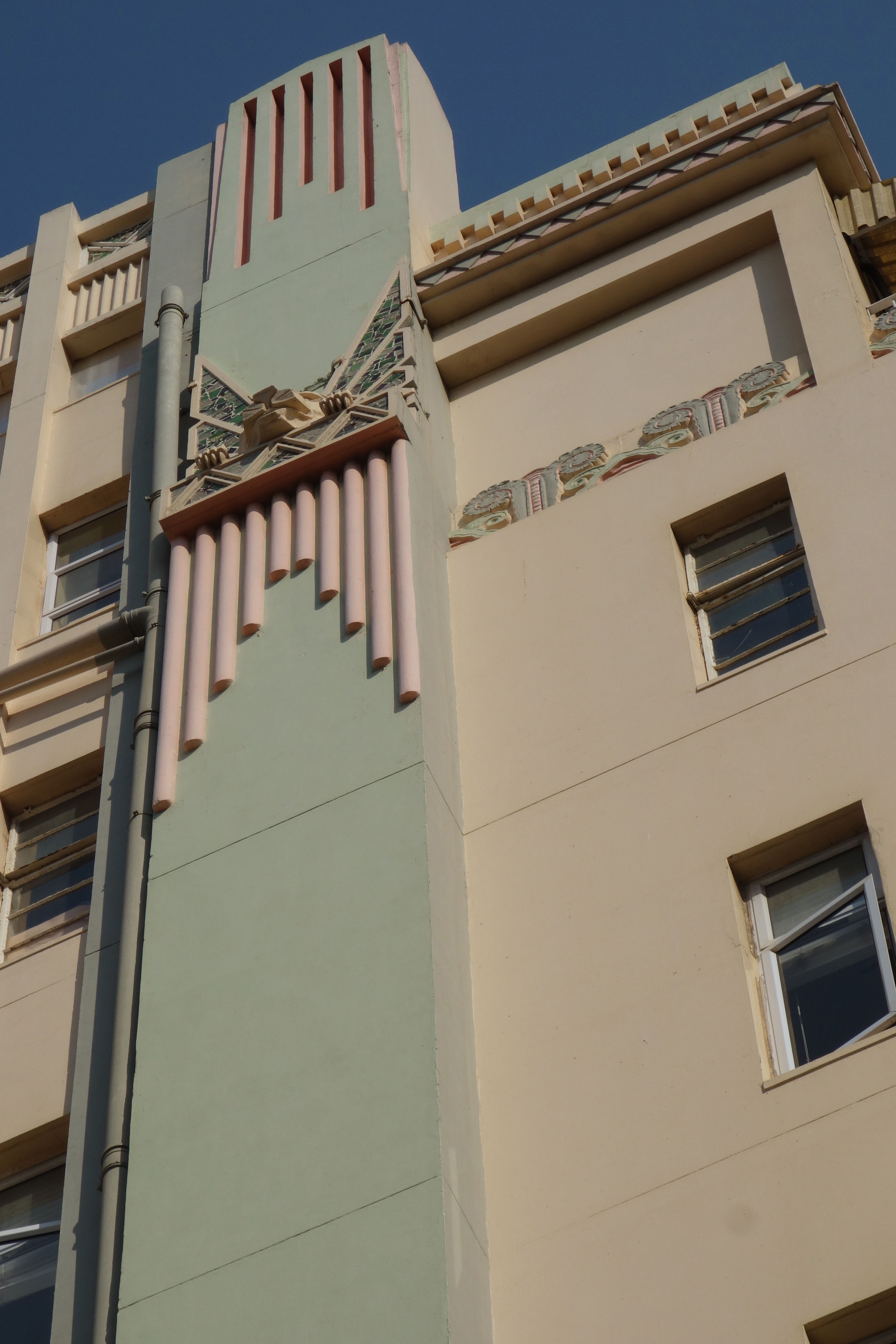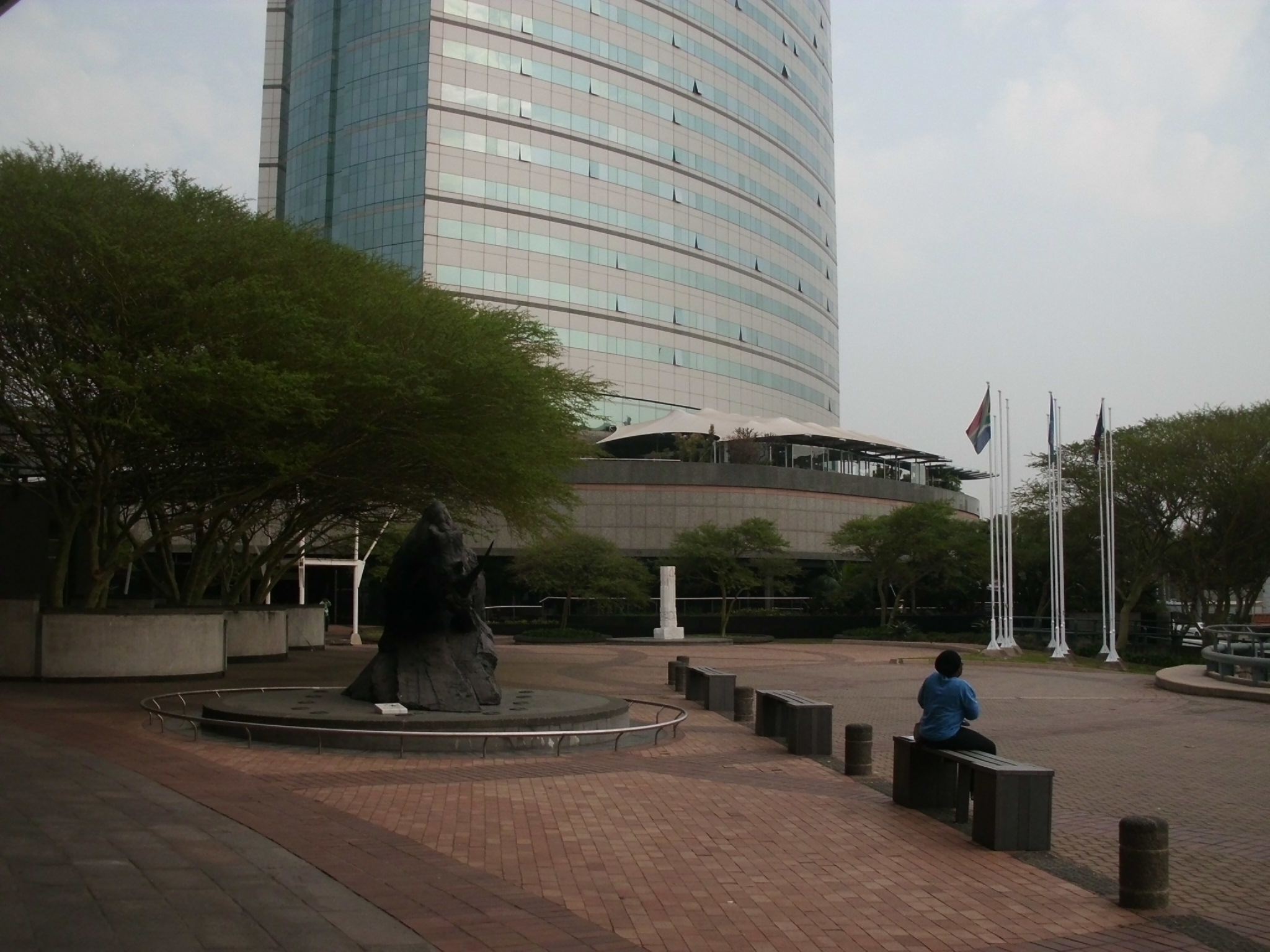by: LJBrownRBell
The triennial congress of the International Union of Architects (UIA) took place this past week in Durban, South Africa. The official delegation of the American Institute of Architects was led by AIA President Helene Dreiling, FAIA, and included former President Kate Schwennsen, FAIA, dean of the Clemson University School of Architecture, and AIA 2016 President Russell Davidson, FAIA, of New York. AIANY 2014 President Lance Jay Brown, FAIA, and Executive Director Rick Bell, FAIA, were speakers in sessions on resiliency and active design, respectively. Brown also led a discussion on public space issues at a forum organized by the City of Durban. The congress was attended by more than 4,000 architects from around the world. Previous AIANY Presidents Margaret Castillo, AIA, LEED AP, and James McCullar, FAIA, have attended UIA meetings in Tokyo (2011) and Turin (2008), where the Chapter’s positions on energy policy and affordable housing were eloquently expressed. Given the extent of international practice, our Chapter has made active participation in the UIA a priority since shortly after the opening of the Center for Architecture.
Each day the Durban congress began and ended with significant keynote presentations. Among those speaking were Francis Kéré from Burkina Faso, who gave an extraordinary talk on the use of local materials; Professor Wang Shu from Hangzhou, the 2012 Pritzker Prize laureate, who spoke eloquently about cultural continuity; 2013 Prtizer Prize laureate Toyo Ito from Tokyo, who spoke twice, once on his post-Fukushima work and again on his inventive cultural facilities; AIANY member Susannah Drake, AIA, FASLA, principal of dlandstudio; and Cameron Sinclair, co-founder of Architecture for Humanity. In all, 10 keynote presentations were delivered, complimented by many panels and workshops, which made for a very rich three days.
During the 2014 business session, Esa Mohammed of Malaysia was elected the next president of the UIA, succeeding Albert Dubler of France. Thomas Vonier, FAIA, vice president of AIA National, was elected as the organization’s Secretary General. Delegates voted to make Rio de Janeiro the location of the 2020 convocation, following 2017 host city, Seoul.
Much attention has previously been focused on the intent of the Royal Institute of British Architects to call for the suspension of the Israeli Association of Architects from UIA membership. This effort, opposed by AIA New York and AIA National leadership, did not materialize despite remarks by Bishop Desmond Tutu in support of the London-based RIBA Council’s position. The AIANY opposition, transmitted by a letter to RIBA President Steven Hodder, FRIBA, noted that people who disagree should be able to discuss contentious matters under a common umbrella, such as the UIA.
Brown and Bell also took the opportunity to visit the environs of Durban, the largest city in the South African province of KwaZulu-Natal, the busiest port in all of Africa, and a growing tourist destination. Tours of markets, Art Deco landmarks, the famous stadium, the first botanical garden in Africa, and the impressive waterfront promenade were complimented by panoramic views of the this impressive city. Brown noted that, not unlike his earlier journey to Medellín, Colombia, for the UN World Urban Forum 7, visitors are generally discouraged from visiting the soft underbelly of the venues. The 3.5 million population of Durban is bordered by the informal township settlement of Umlazi. With a population of 400,000 formal count (1.2 million informal count), it is the second largest of its type in South Africa, just behind Soweto.
A highlight was the award of the UIA Gold Medal to I.M. Pei, FAIA, RIBA, selected from 62 nominees from 22 countries. The Gold Medal recognizes a living architect for his or her achievements and contributions to society, and is a highest honor awarded to an architect by peers.
Another highlight of the congress was an international student competition centered on the future of the Warwick Market area in downtown Durban. A separate report by Sophie Troskolanski, one of the student organizers, will be published in e-Oculus. Cameron Sinclair, now director of the Jolie-Pitt Foundation, served on the jury.








